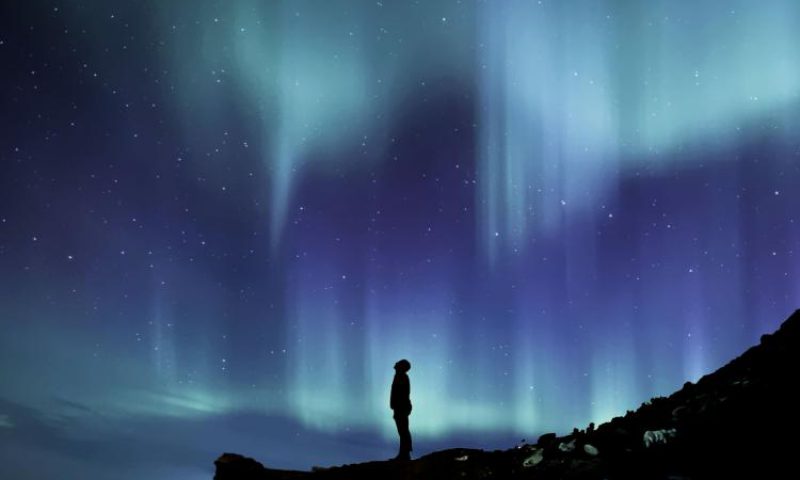
Aurora borealis and our eye’s perception
Like most people, the Aurora Borealis, aka Northern Lights, were always on my bucket list. The pops of dazzling pink, green and purple dancing across the night sky always fascinated me.
Last month I had a chance to see them. To be at the right place at the right time. But I wasn’t expecting to see what I saw. Although it wasn’t a clear sky night (as recommended for best view besides the high activity grade), all I saw were what looked like clouds. But then they started moving and dancing in a milky white haze. I checked my camera and was blown away from what I saw – they were as green as St. Patrick’s Day.
There I stood with my jaw dropped, thinking that my eyesight must be really bad. How the hell could I be a graphic designer if I couldn’t see colour? What is going on?! I asked my friends if they were seeing what I was seeing, and it turns out I wasn’t alone. I felt misled and disappointed. This wasn’t what I was expecting.
As stubborn as I am, I needed to know why there was such a big difference. I did some research the next day and asked other tourists about their experience with the Northern Lights and they all saw the same thing. Some of them said after staring at the sky for an hour they eventually could see the green – not very bright, but they could see it. I became more intrigued with this phenomenon and decided to Google it to find out more.
According to science, the discrepancy occurs because the specific cells that our eyes use to detect light at night also happen to be terrible at detecting color. For that reason auroras often appear only in shades of gray. Bummer!
“Humans use two different kinds of cells in their eyes to sense light. Cone cells, concentrated in the fovea in the central area of vision, are high resolution and detect colour in bright light. These are the main cells we use for vision in the daytime. Rod cells, concentrated in the periphery around the outside of the fovea, can detect much fainter light at night, but only see in black and white and shades of gray. [Aurora] only appear to us in shades of gray because the light is too faint to be sensed by our color-detecting cone cells.” – Jerry Lodriguss, Astrophotography
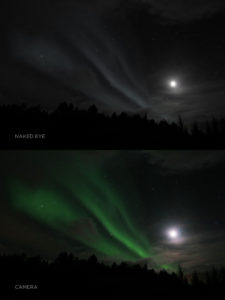
Don’t get me wrong, it’s still one of the most awe-inspiring sights you’ll ever see and a phenomenon that everyone should experience at least once in their lifetime. You never know what you’re going to see or what shape or colour it might take. I guess that’s part of the joy of it – the unexpected! I will definitely try to see it again and bear the freezing cold a little longer just to see which colours will pop up.
It’s amazing the world of colour and how our eyes perceive things differently. As a graphic designer, I work with colour everyday and appreciate how vast and unexpected it is. I guess what they say is true – there is more than meets the eye.
RITA GOMES – GRAPHIC DESIGNER
Rita, newbie to the team, came all the way from Portugal to spice things up. Always with her mini cup of espresso in her hand and selling her country as the best in the world. She’s curious and adventurous, always striving to learn, absorb what the world has to offer and input it into her work.
Keep Reading
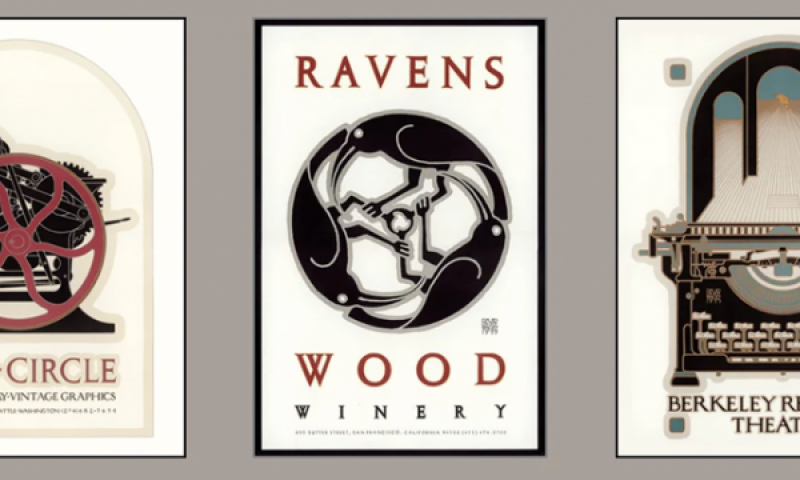
Great wine or great design?

Branding for Ireland’s Whiskey Renaissance

To disrupt or not to disrupt? That is the question!

The Power of Colour
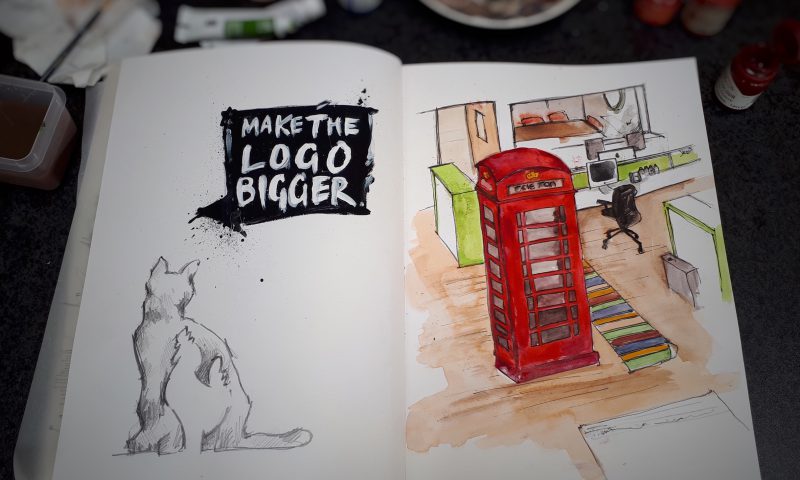
It Started With a Sketch – Sketchbook Challenge

Penguin Classics – masterpieces even before you open...

The emoji – powerful design or millennial nonsense?
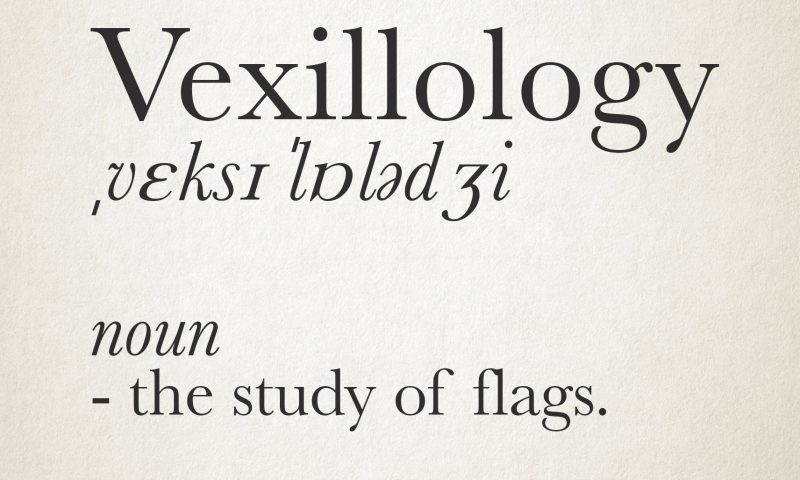
Vexillology

Blow your own horn

Cardboard steps into the digital world of gaming
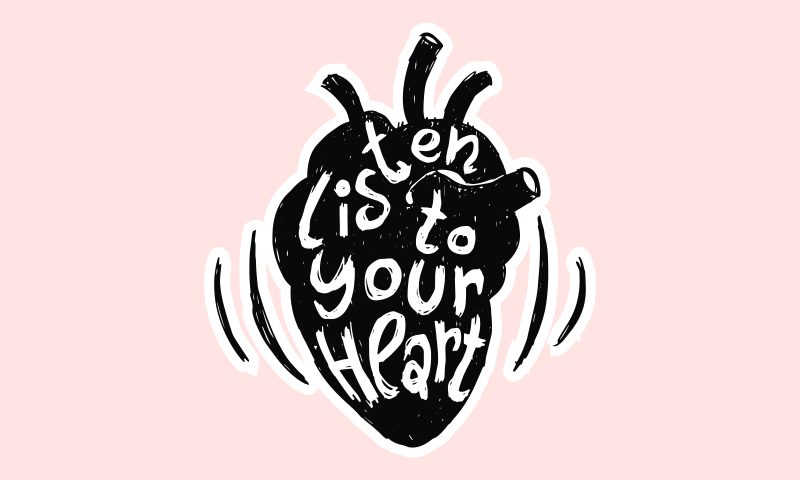
Where the heart is

A ‘Can’ Do Attitude

Confessions of a Weather Nerd

Create a truly delicious package – Ireland’s top...

Three Reasons Why Brands Should Partner with Social Media...

The wrong hotel restaurant branding can eat your lunch!

GDPR – What’s it all about?

Building a Brand Name: Learn from the Leaders

Sustainability and why brands must take action
